How to Grow Spinach [Everything You Need To Know]
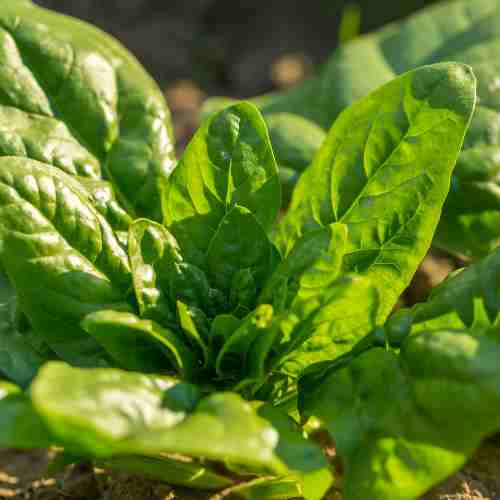
Spinach is a highly nutritious leafy green that is easy to grow and versatile in the kitchen.
Whether you have a large garden or just a small container, spinach can be an excellent addition to your homegrown produce. Its adaptability to different growing conditions and its fast growth cycle make it a great choice for gardeners of all levels.
In this guide, we will explore how to grow spinach successfully, focusing on its unique qualities that make it a resilient and rewarding crop.
Get our Gardening Buddy and find veggies that fit your conditions best.
You Can Grow It!
Spinach is Great for Cold Climates
Spinach is well-suited for growing in cooler climates, which makes it a perfect choice for early spring or late fall planting.
It thrives in temperatures between 50-60°F (10-15°C) and can even withstand light frosts, making it ideal for those looking to extend their growing season.
Spinach’s cold tolerance allows gardeners in cooler regions to enjoy fresh greens when other crops might struggle. By planting spinach early or late in the season, you can make the most of the cooler weather and enjoy multiple harvests.
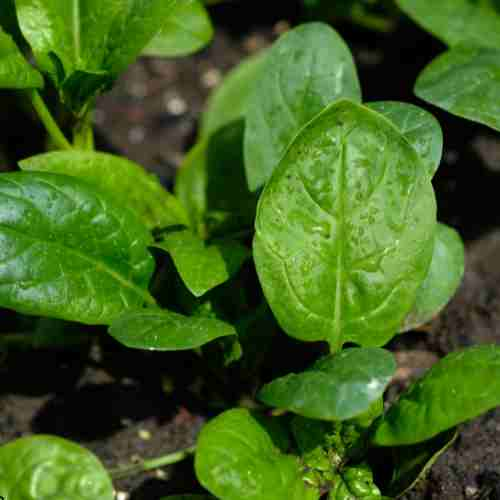
Spinach Can Fully Grow Indoors
Spinach is a versatile plant that can be grown indoors with the right conditions. It requires a sunny windowsill or a grow light to receive about 4-6 hours of light per day.
Growing spinach indoors is a great way to have fresh greens year-round, regardless of the outdoor climate. The compact size of spinach makes it suitable for container gardening, and its quick growth cycle means you can enjoy fresh spinach in as little as 4-6 weeks.
Indoor spinach cultivation also gives you better control over pests and diseases, ensuring a healthy harvest.
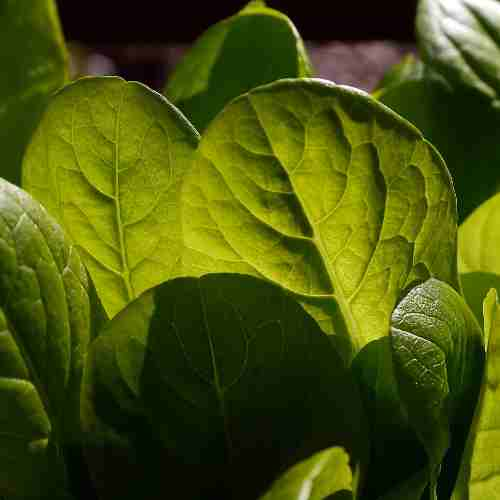
Spinach Fits in Small Spaces
Spinach is an excellent choice for gardeners with limited space. It can be grown in small garden beds, containers, or even window boxes, making it perfect for urban gardening.
Spinach has a shallow root system, which means it doesn’t require deep soil to thrive. By utilizing vertical gardening techniques or compact planters, you can grow a significant amount of spinach in a small area.
This makes spinach an ideal crop for apartment dwellers or those with limited outdoor space who still want to grow their own fresh produce.
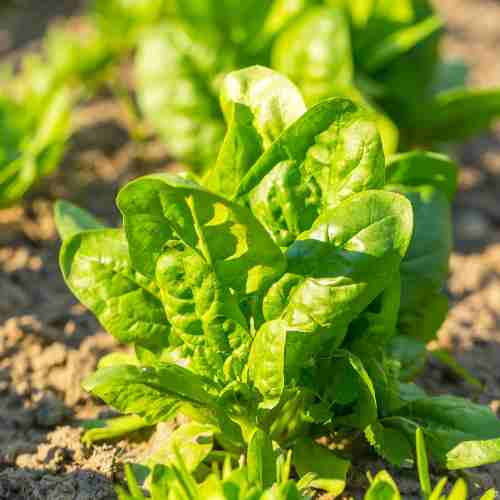
Spinach is a Low Maintenance Vegetable
Spinach is known for being a low-maintenance crop, which makes it an ideal choice for beginner gardeners. Once planted, spinach requires minimal care beyond regular watering and occasional weeding.
Mulching around the plants can help retain moisture and reduce weed growth, further minimizing the need for maintenance. Spinach also has relatively few nutrient requirements, and a balanced organic fertilizer applied at the beginning of the growing season is usually enough to keep it thriving.
Its resilience and minimal care needs make spinach an easy and rewarding vegetable to grow.
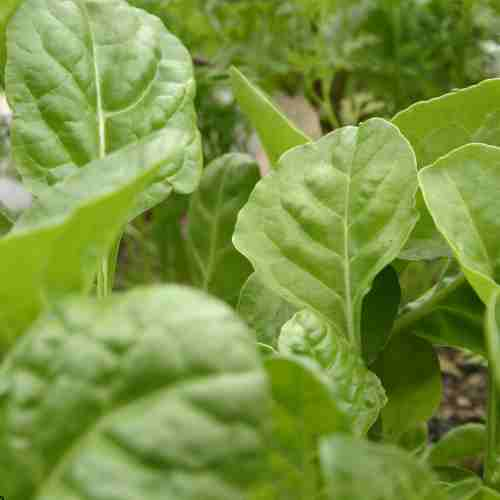
Spinach Does Not Need a Lot of Sun
Unlike many other vegetables, spinach can tolerate partial shade, making it an ideal crop for gardens that do not receive full sunlight. It grows well with as little as 3-4 hours of direct sunlight per day, which means it can be planted in spots that are shaded for part of the day.
This flexibility allows gardeners to grow spinach in areas where other sun-loving vegetables might not thrive. Spinach’s ability to grow in lower light conditions makes it an excellent choice for gardens with limited sunlight.
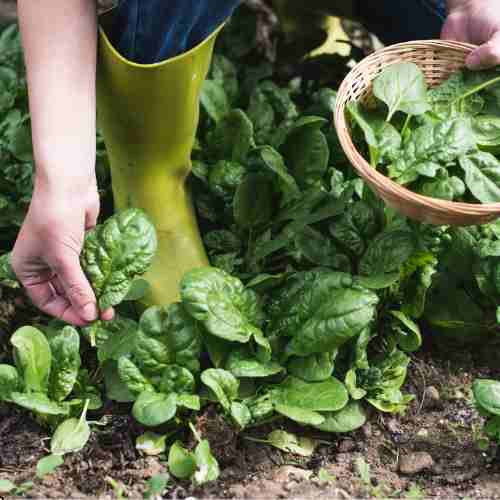
Spinach Has a Fast Growth Cycle
Spinach is a quick-growing vegetable, which means you can enjoy a harvest in just a few weeks after planting. Most spinach varieties are ready to be harvested within 4-6 weeks, making it one of the fastest-growing leafy greens.
This rapid growth allows for multiple plantings throughout the growing season, providing a continuous supply of fresh spinach. By planting seeds every few weeks, you can maintain a steady harvest, ensuring that you always have fresh greens on hand.
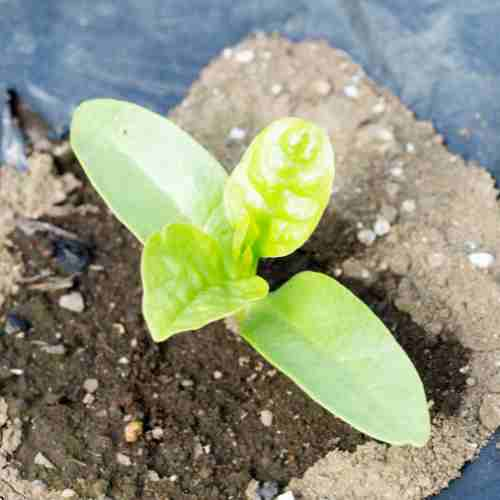
Spinach is Pest and Disease Resistant
Spinach is a quick-growing vegetable, which means you can enjoy a harvest in just a few weeks after planting. Most spinach varieties are ready to be harvested within 4-6 weeks, making it one of the fastest-growing leafy greens.
This rapid growth allows for multiple plantings throughout the growing season, providing a continuous supply of fresh spinach. By planting seeds every few weeks, you can maintain a steady harvest, ensuring that you always have fresh greens on hand.
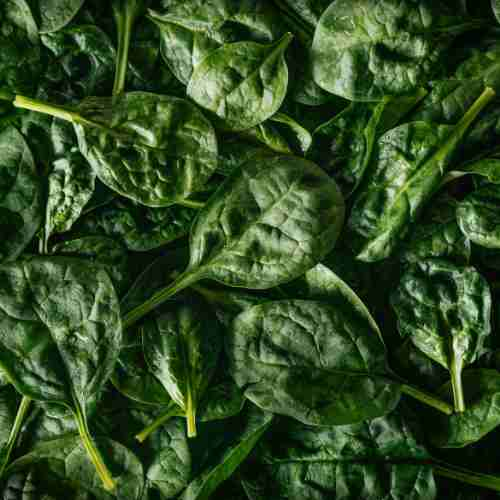
Choosing the Right Spinach Variety to Grow
Spinach comes in several different varieties, each with its own unique characteristics. Savoy spinach has crinkled, curly leaves and is known for its cold tolerance, making it ideal for early spring or late fall planting.
Semi-savoy spinach has slightly less crinkled leaves and is easier to clean, while flat-leaf spinach has smooth leaves that are perfect for salads and cooking. Choosing the right variety depends on your growing conditions and intended use.
By selecting the best variety for your garden, you can ensure a successful and bountiful spinach harvest.
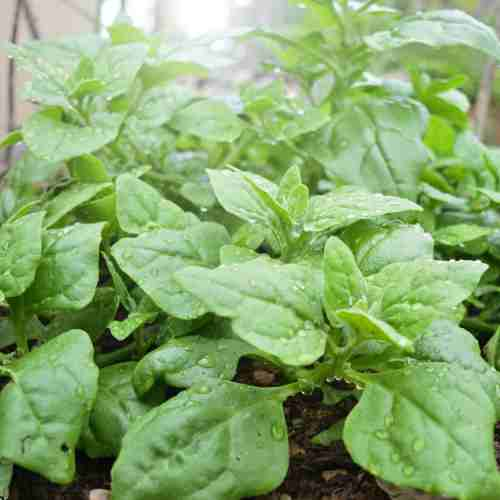
Harvesting Spinach for Maximum Yield
Harvesting spinach at the right time is key to ensuring maximum yield and continued growth. Spinach can be harvested as soon as the leaves are large enough to eat, usually around 4-6 weeks after planting.
Using the “cut-and-come-again” method, where only the outer leaves are harvested while allowing the inner leaves to continue growing, can result in multiple harvests from the same plant. Regular harvesting encourages new growth and prevents the plant from bolting, which occurs when it starts to produce flowers and seeds.
Knowing when and how to harvest spinach can help you get the most out of your garden.
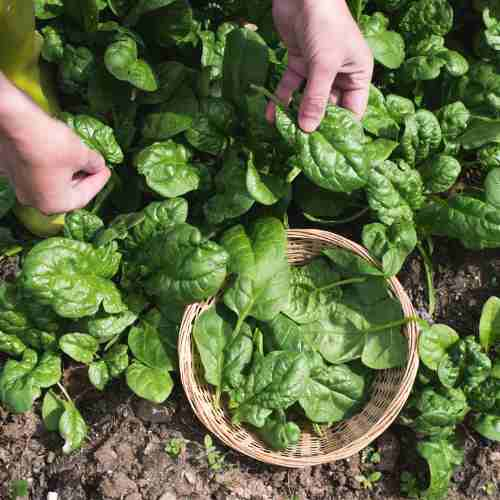
Companion Planting with Spinach
Companion planting can enhance spinach growth and help deter pests naturally. Spinach grows well alongside vegetables like radishes, strawberries, and carrots, as these plants do not compete heavily for nutrients.
Additionally, spinach can benefit from being planted near aromatic herbs such as dill or mint, which help repel common pests. Avoid planting spinach near potatoes, as they can attract pests that may also harm spinach.
By choosing the right companion plants, you can create a more balanced garden ecosystem that supports healthy spinach growth and minimizes pest problems.
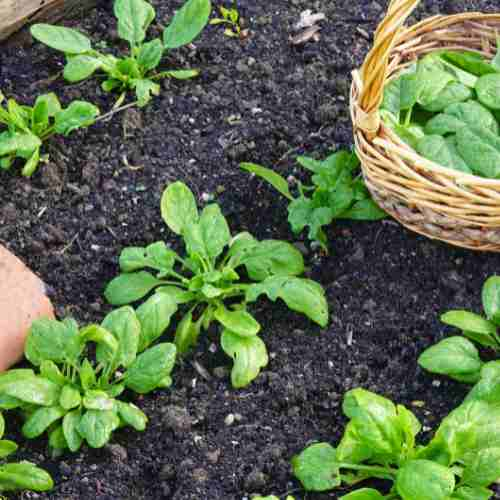
Find the Vegetables that are Best for you
Growing spinach is a rewarding experience for gardeners of all skill levels. Its adaptability to different growing conditions, including cold climates, indoor spaces, and partial shade, makes it a versatile and easy crop to grow.
With its fast growth cycle, low maintenance needs, and natural resistance to pests and diseases, spinach is an ideal addition to any garden.
Whether you have a large outdoor garden or just a small container, spinach can provide you with a steady supply of nutritious, homegrown greens. By following the tips in this guide, you can enjoy fresh spinach throughout the growing season and beyond.
Get our Gardening Buddy and find veggies that fit your conditions best.
You Can Grow It!
Partners and Sponsors
We are forever grateful to our partners and sponsors. Send an email to team @ strongecho.com and let’s see how we can grow each other’s impact!





